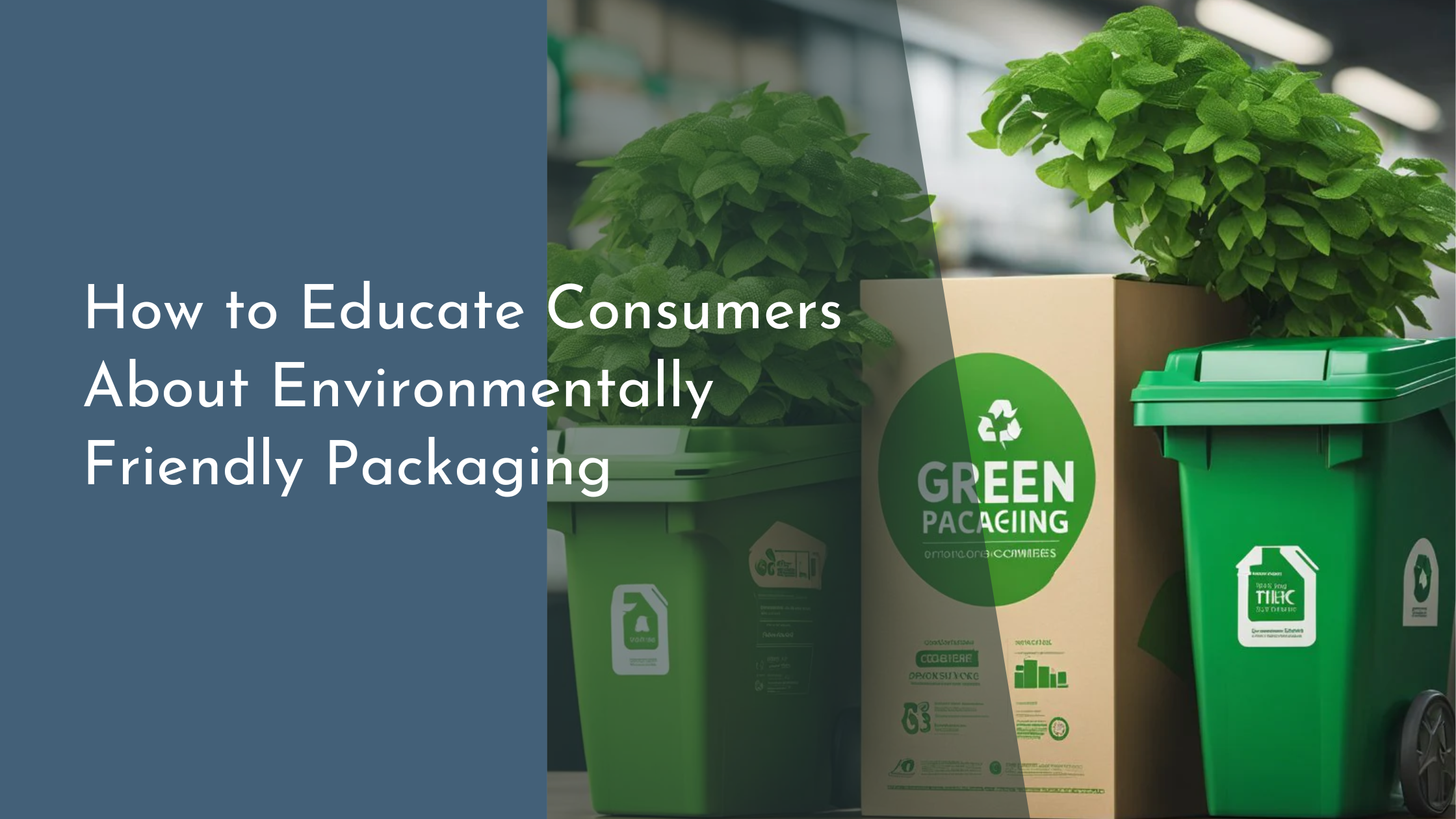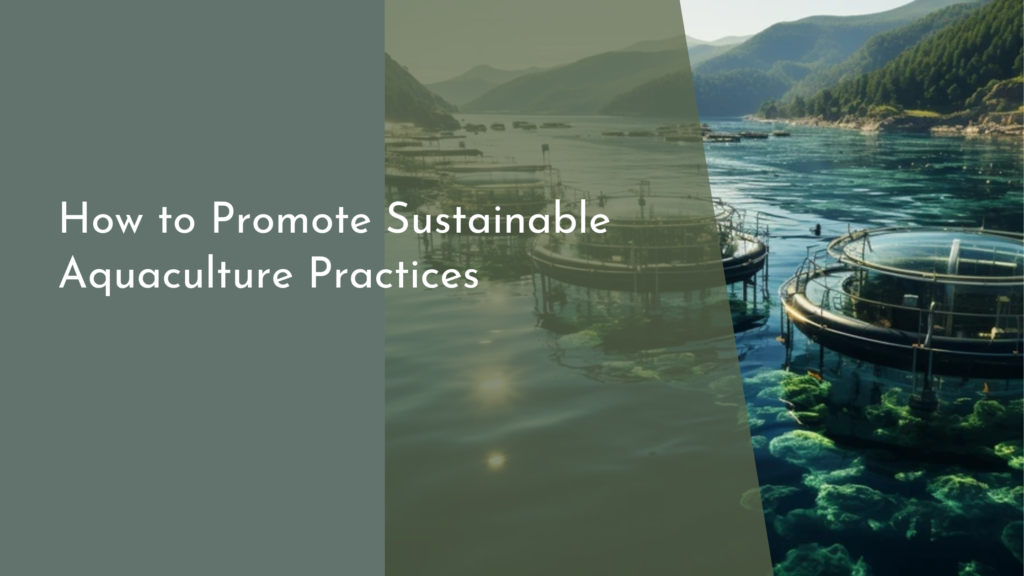How to Educate Consumers About Environmentally Friendly Packaging
In recent years, the global conversation about sustainability has gained significant traction, leading to increased awareness about environmentally friendly practices. An integral part of this movement is the shift towards green packaging solutions. However, for these solutions to be successful, it’s crucial that consumers understand and embrace them. Educating consumers about environmentally friendly packaging not only encourages responsible consumption but also drives demand for sustainable products, ultimately benefiting both the planet and our communities. This article delves into the importance of green packaging and explores effective ways to educate and inspire consumers.
Understanding the Importance of Green Packaging
Green packaging, often referred to as sustainable or eco-friendly packaging, plays a critical role in minimizing the environmental impact of consumer goods. Traditional packaging materials, such as plastics and non-recyclable composites, contribute significantly to pollution and landfill waste. By understanding the importance of green packaging, consumers can make informed choices that align with environmental sustainability goals. Green packaging typically involves the use of biodegradable, recyclable, or reusable materials, all designed to reduce carbon footprints and promote a circular economy.
Moreover, green packaging underscores the commitment of businesses to environmental stewardship. It reflects a brand’s dedication to reducing its ecological impact and signifies a proactive approach to addressing climate change challenges. When consumers recognize the significance of green packaging, they are more likely to support companies that prioritize sustainable practices. Consequently, consumer demand can drive industry-wide change, encouraging more brands to adopt eco-friendly packaging solutions.
Highlighting the Benefits for Consumers and Planet
Educating consumers about the benefits of environmentally friendly packaging not only promotes individual responsibility but also highlights the collective impact of sustainable choices. For consumers, the advantages include safer products, as green packaging often avoids harmful chemicals found in conventional materials. Additionally, purchasing products with eco-friendly packaging can lead to reduced waste and clutter, as these materials are usually designed for easy disposal or repurposing.
From a planetary perspective, the use of green packaging helps conserve natural resources and reduces pollution levels. By opting for biodegradable or recyclable packaging solutions, the strain on landfills is significantly diminished, leading to improved land and water health. Moreover, as consumers increasingly demand sustainable packaging, the ripple effect encourages industries to innovate and invest in more environmentally sound practices, contributing to a healthier planet.
Strategies to Convey Eco-Friendly Packaging Info
To effectively communicate the benefits of environmentally friendly packaging, businesses and organizations should adopt a multi-faceted approach. One effective strategy is through transparent labeling. Packaging should clearly indicate its eco-friendly attributes, such as recyclability, biodegradable components, or reduced carbon footprint. This transparency not only educates consumers but also simplifies the decision-making process at the point of purchase.
Another strategy involves leveraging digital platforms and social media to spread awareness. Engaging content, such as videos, infographics, and articles, can illustrate the life cycle of green packaging and its positive impacts. By sharing success stories and case studies, brands can demonstrate the real-world effectiveness of sustainable packaging, encouraging consumers to participate in this global movement for change.
Inspiring Consumer Engagement and Participation
To foster consumer engagement, brands can initiate programs that incentivize sustainable choices. Loyalty programs that reward eco-conscious purchasing decisions or recycling initiatives that offer discounts on future purchases can motivate consumers to prioritize green packaging. Community events and workshops focused on sustainability can also serve as platforms for dialogue, allowing consumers to learn, share, and adopt eco-friendly practices in their daily lives.
Moreover, brands should encourage consumers to be vocal advocates for sustainable packaging. This can be achieved by creating forums or social media groups where consumers can express their support for green initiatives, share feedback, and suggest improvements. Engaged consumers are more likely to feel a sense of ownership in the sustainability journey, transforming passive buyers into active participants in the fight for a healthier planet.
Educating consumers about environmentally friendly packaging is a vital step towards a sustainable future. By understanding the importance of green packaging, recognizing its benefits, and participating in eco-friendly initiatives, consumers can play a pivotal role in driving the demand for sustainable solutions. As more individuals embrace these practices, the collective impact becomes increasingly powerful, paving the way for a greener, more sustainable world. By inspiring and empowering consumers, we can all contribute to an environmentally conscious society where thoughtful packaging choices become the norm rather than the exception.


